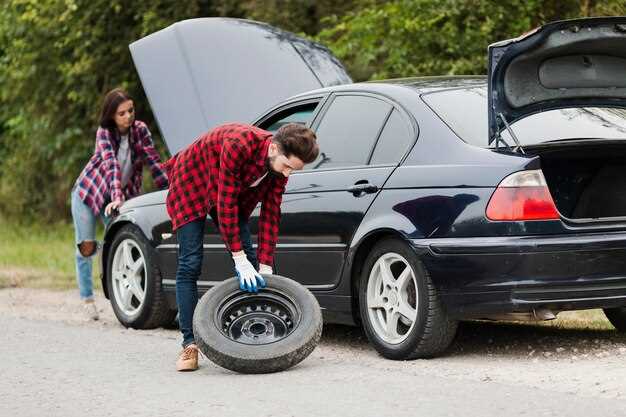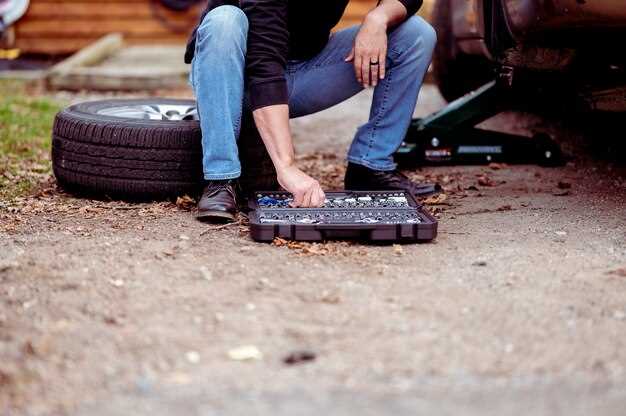
Choosing the right tires for street riding is a critical decision that can significantly affect your motorcycle’s performance, safety, and overall riding experience. With various types of tires available on the market, each designed for specific conditions and riding styles, it is essential to understand the key factors that influence tire selection. This article aims to provide a comprehensive guide to help riders make informed choices.
First and foremost, consider the type of riding you plan to do. Street riding can vary widely, ranging from daily commuting to spirited weekend rides. Each scenario may require a different tire specification. For example, if you mostly navigate urban environments, you may prioritize tires that offer excellent grip on wet and dry surfaces, durability, and comfort. Conversely, if your rides include more aggressive cornering and higher speeds, you’ll want to focus on tires that provide enhanced stability and responsiveness.
Additionally, understanding the attributes of tire compounds, tread patterns, and their impact on performance is crucial. Tires come in various compounds that dictate their grip levels and longevity. Softer compounds typically offer better traction but wear out faster, while harder compounds last longer but may offer less grip. Tread patterns and design play a significant role in performance as well–more grooves can aid water displacement, reducing the risk of aquaplaning in wet conditions.
Finally, do not overlook the importance of choosing the right tire size and specifications that match your motorcycle’s needs. Referencing the manufacturer’s recommendations ensures compatibility and can significantly enhance your riding experience. With this knowledge in hand, you will be well-equipped to select the best tires for your street riding adventures, ultimately contributing to a safer and more enjoyable ride.
Understanding Tire Specifications for Urban Conditions
When selecting tires for urban riding, it’s essential to consider several key specifications that influence performance on city streets. First, look at the tread pattern. Urban environments often feature a mix of smooth asphalt and cobbled surfaces, so a tire with a well-designed tread can enhance grip and stability, preventing slippage during sudden stops or turns.
Another critical specification is tire width. Wider tires typically provide better traction and stability, which are necessary for maneuvering through heavy traffic and navigating obstacles like potholes or curbs. However, they may also increase rolling resistance, impacting speed and fuel efficiency.
Check the tire’s rubber compound, as it can significantly affect performance and longevity. Softer compounds tend to offer better traction but may wear out more quickly, while harder compounds generally provide durability and longer life but might compromise on grip. Finding the right balance is important for urban conditions where frequent stops and starts are common.
Consider the tire pressure specifications as well. Maintaining proper pressure is crucial for optimal performance, as under-inflated tires can lead to poor handling and increased wear. Urban riders should regularly monitor tire pressure to ensure safety and efficiency.
Lastly, assess the tire’s load rating and speed rating, which indicate how much weight the tire can support and how fast it can safely travel. Urban riders often carry additional gear or passengers, making load capacity particularly relevant in city riding.
By carefully evaluating these tire specifications, riders can choose tires that enhance safety, performance, and comfort while navigating the challenges of urban environments.
Evaluating Grip and Traction for Safe Handling

Grip and traction are fundamental for safe street riding, directly influencing your bike’s performance and stability during turns, acceleration, and braking. When selecting tires, understanding the factors that contribute to grip is essential for optimizing your riding experience.
Tire rubber compounds play a critical role in grip. Softer rubber offers superior traction but wears out faster, while harder compounds provide durability but may sacrifice grip, especially in wet conditions. Assessing the balance between these properties based on your riding style and typical road conditions is crucial.
The tread design of a tire also significantly affects traction. Tires with deeper grooves and more channels can disperse water more effectively, reducing the risk of hydroplaning and increasing grip on wet surfaces. Conversely, slick tires may offer less grip on wet roads but excel in dry conditions, providing better contact with the ground.
Additionally, tire pressure impacts grip and handling. Under-inflated tires may lead to poor handling and increased wear, while over-inflated tires can reduce the contact patch, diminishing traction. Regularly checking and adjusting tire pressure according to manufacturer recommendations ensures optimal performance.
Pay attention to tire dimensions and the contact patch area as well. A wider tire can provide better grip due to an increased contact area with the road. However, it can also affect maneuverability and responsiveness. Choosing the right width based on bike specifications and personal preference will enhance riding stability and control.
Finally, consider riding conditions, such as weather and road surface. Different tires perform variably in diverse scenarios. A tire optimized for urban environments may not be ideal for rural or off-road use. Matching tire characteristics to your specific riding environment will enhance grip and safety significantly.
Balancing Durability and Comfort for Daily Commutes

Selecting tires that offer both durability and comfort is essential for daily commuters. These two attributes can significantly affect your riding experience. Durability ensures that your tires withstand the rigors of regular use and various road conditions, while comfort enhances your overall ride quality, making long commutes more pleasant.
When evaluating tires for durability, look for those made with high-quality rubber compounds that resist wear and tear. Tires with reinforced sidewalls can offer additional protection against potholes and road debris, extending their lifespan. It’s also important to consider the tread design; deeper grooves and a symmetrical pattern can contribute to better traction and stability, which are critical for navigating urban environments.
Comfort is derived from tire construction and design. Tires with a larger air volume typically provide a smoother ride by better absorbing bumps and imperfections in the road. Additionally, selecting tires designed specifically for street riding can enhance comfort, as they are often engineered to balance responsiveness with cushioning effects.
A tire’s width also plays a crucial role in achieving this balance. Wider tires can offer more contact with the road, improving grip, while narrower options may enhance speed but can compromise comfort. Finding the right size for your bike is essential for achieving optimal performance.
Ultimately, the goal is to find a tire that meets the demands of your daily commute without sacrificing comfort. Consider your riding environment and the types of roads you frequent. Research reviews and seek recommendations from fellow riders to identify tires that excel in both durability and comfort, ensuring a reliable and enjoyable riding experience.